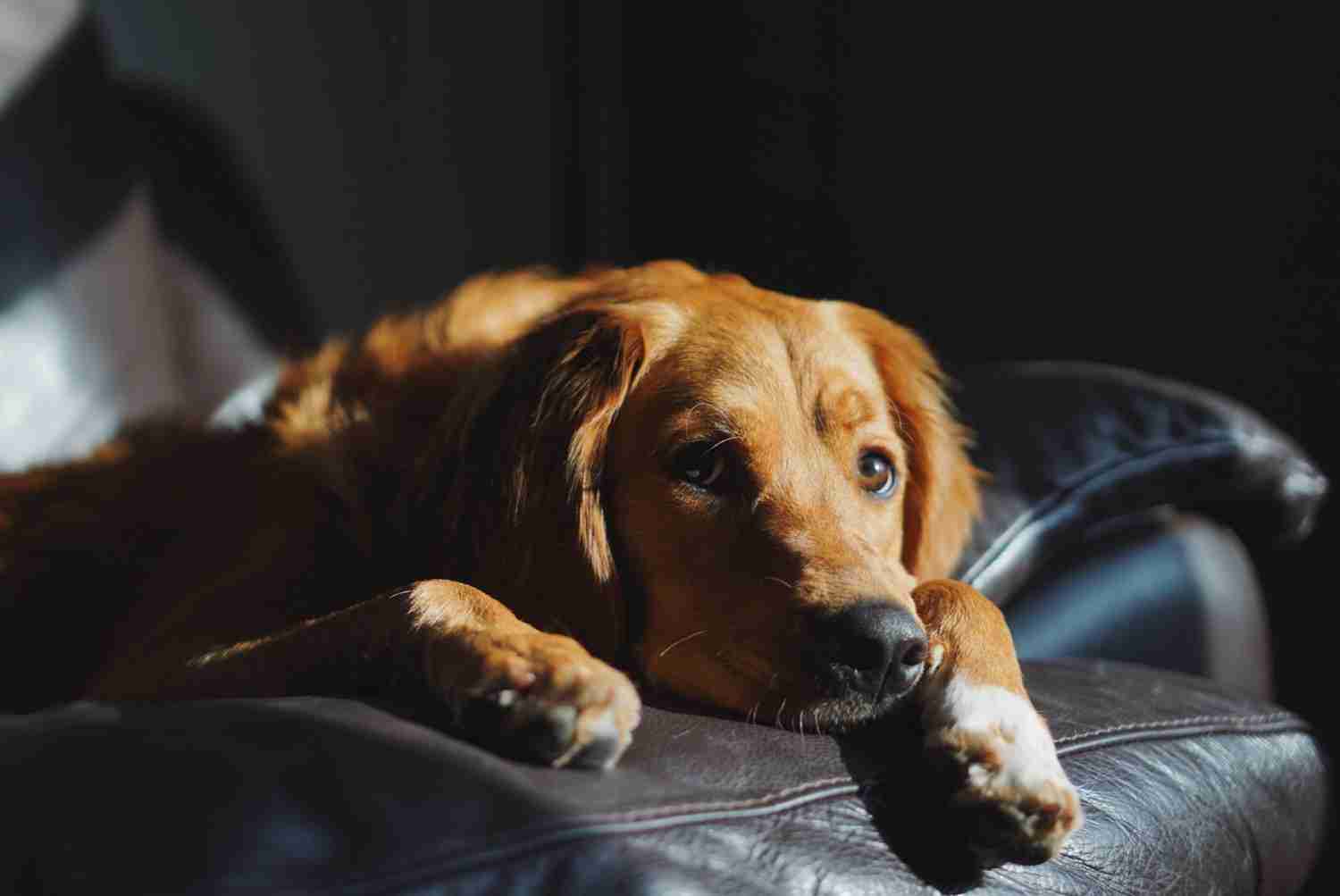
Alone but Not Lonely: Solutions to Ease Your Dog’s Anxiety When Left Alone
Leaving your pet alone at home can be a source of anxiety for both you and your dog. But with the right approach, you can create an environment that promotes independence and reduces canine separation anxiety. Let’s check out some of the reasons behind dog anxiety when left alone and provide practical solutions to keep your pup calm and content.
Understanding Canine Separation Anxiety
Dogs are pack animals, and being left alone can trigger stress and anxiety. Common signs of separation anxiety include excessive barking, destructive behavior, house soiling, and restlessness. Understanding the root causes can help us implement effective solutions to ease their distress.
Solutions to Ease Separation Anxiety
Establish a Routine
Dogs thrive on routine. Establish a consistent daily schedule for feeding, walks, and playtime. Predictability helps dogs feel secure and minimizes anxiety.
Interactive Toys
Keep your dog mentally stimulated with interactive toys that dispense treats. This engages their mind and provides a positive distraction in your absence. You can also make frozen treats. Fill empty marrow bones with peanut butter or cream cheese and add a few pieces of kibble in there.
Comfortable Safe Space
Create a cozy and safe space for your dog, such as a comfortable bed or crate. This designated area becomes a secure retreat, alleviating anxiety.
Desensitization Training
You can gradually acclimate your dog to being alone through short intervals. Leave the house for brief periods and gradually extend the duration as your dog becomes more accustomed to your absence.
Background Noise
Leave on soothing background noise, such as soft music or a TV at a low volume. This can mask external sounds and create a calming environment. There are also YouTube channels that play anti-anxiety music for dogs and cats.
Natural Calming Aids
Consider using natural calming like CBD infusions for dogs. CBD has been shown to have anxiety-reducing properties, promoting a sense of calm without sedation.
Regular Exercise and Walks
Ensure your dog gets ample exercise before you leave. A tired pup is more likely to rest and less likely to exhibit anxious behaviors. Daily walks provide your pup a chance to bond with you and for you to practice training and socialization.
Positive Departures and Returns
Keep departures and returns low-key. Avoid making a fuss, like excitement or using a loud voice as this can heighten your dog’s anticipation and anxiety. Coming and going should be a calm and expected experience for your dog.
Canine Companionship
If possible, consider a second pet for companionship. Another pet friend can provide comfort and reduce feelings of loneliness.
Professional Help
If your dog’s anxiety persists, consult with a professional dog trainer or behaviorist. They can provide personalized guidance and training techniques.
Leaving your dog alone should be a calm experience for both of you. By incorporating these solutions into your routine, you can help your pup feel secure and content when you’re not around. Understanding and addressing separation anxiety takes time, patience, and consistency, but the rewards are well worth the effort. Your dog will learn to embrace their alone time, and you’ll enjoy a more harmonious relationship with your furry companion.
For more tips on dog care and behavior, stay tuned to our blog. If you’re interested in natural solutions like CBD for your dog’s anxiety, check out our premium Happy Pet Medicinals CBD products. Your dog’s well-being is our priority!



